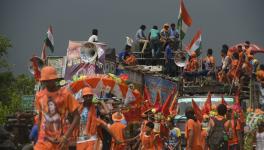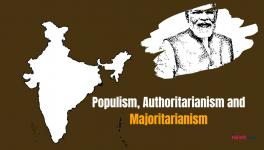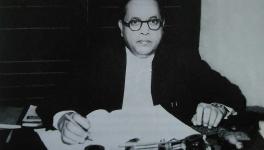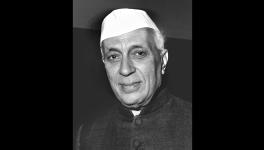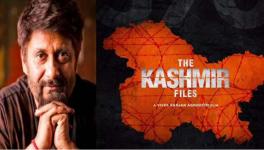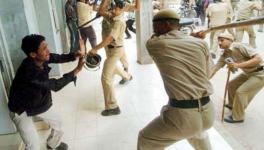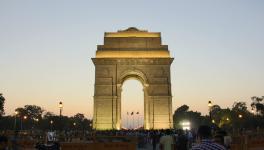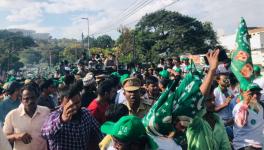Ayodhya Verdict: A Faith-Based Ruling, A Judicial Compromise
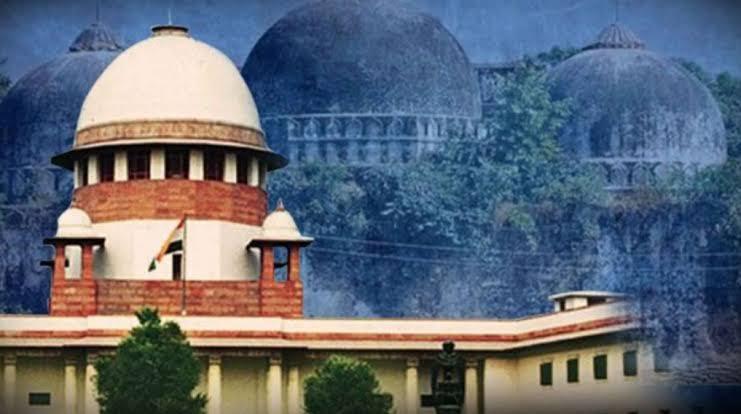
The biggest political trigger of our times, the Babri Masjid demolition and Ramjanmabhoomi dispute has been sorted out with the unanimous verdict of the Supreme Court pronounced on Saturday. Each of the five judges to give the verdict is from different backgrounds and varied statures. The apex court has allotted the disputed 2.77 acres to build a temple and it has asked the government to find 5 acres in a prominent place in Ayodhya for a masjid to be built.
Now, a temple dedicated to the Hindu god, Rama, can be built on the spot where the Babri masjid once stood and was demolished in 1992. This temple was a long-standing demand of Hindutva organisations and the Bharatiya Janata Party (BJP). Around this site, some 67 acres have already been acquired by the government of Uttar Pradesh, in preparation to build a “grand” structure.
The verdict perhaps heralds the end of Ramjanmabhoomi-centric politics and whipping up of sentiments across more than a quarter century in India. It has been largely welcomed, even by Opposition parties. The Prime Minister addressed the nation though desisted from expressing a sense of being vindicated in his political position. The ideological mentor of the BJP, chief of the Rashtriya Swayamsevak Sangh (RSS) Mohan Bhagwat, said the focus should turn to “character-building” and not on the other ‘disputed’ sites in Kashi and Mathura.
So far so good. It is victory of peace and social harmony, and every Indian must welcome that. So it seems at least today, when peace has prevailed in the immediate aftermath of the verdict.
Faith as Basis of Judicial Verdict:
But there is another crucial aspect to the Ayodhya issue, which is the stand expressed by the Supreme Court in its verdict. On page 215 the ruling says, “It is true that in matters of faith and belief, the absence of evidence may not be an evidence of absence.” This means that irrespective of whether there is an evidence or not, matters of faith have to be upheld. By implication, the court has ruled that matters of faith can prevail over other concerns, even more strongly if aggressive public opinion supports it.
Therefore, not scientific facts or findings, but faith has become an extension of the law. Many criticise the Sharia Law precisely for this reason, saying that it institutionalises matters of faith as a premise of law. But the Indian courts have just achieved a similar feat in the context of the Babri masjid dispute, even if it is argued that in doing so it intended to maintain peace.
Now the points to ponder over from purely judicial and factual perspective.
First, with this verdict the disputed piece of land is given to Ram Lalla Virajman, or infant Ram, whose idol was placed at the disputed site. Therefore, he is a deity, and by definition a character of mythology, who may have existed thousands of years ago in the Treyta Yuga (a Hindu belief-based timeline). This entity, who has already been given a legal status by other Indian courts, has been further elevated by the Supreme Court ruling on Saturday, to the true owner of the space where the Babri mosque stood.
Second, the Supreme Court has called the installation of idols in the disputed structure in 1949, by Abhirama Das as illegal, on grounds that Muslims were still offering prayers at the mosque at the time. It has called the demolition of Babri masjid on 6 December 1992 as illegal, for it was a forced destruction of a site of prayer. If both these acts are illegal, then how does the idol installed through this become a legal entity possessing the rights to the land. How can the ideological-religious successors of those who demolished the mosque illegally now get rights to the land?
Third, the Court's one major premise was that the Muslim side (Sunni Wakf Board) failed to put on record any evidences to prove that the Muslims were praying there for a long time. The court has deprived Muslims of the disputed plot because they couldn’t show exclusive possession before 1857. Factually right. But the same yardstick was not applied for Hindus as to whether their ancestors were praying there or not for long.
The crux of the judgment is that Muslims failed to show unimpeded possession of the disputed site in Ayodhya between 1528, when the mosque was supposedly built by Mughal emperor Babur, and 1857, when, after a clash between Muslims and Hindus, a railing was erected between the inner and outer courtyards at the disputed site. The inner courtyard is where the mosque demolished by Hindutva mobs in 1992 stood. The outer courtyard has several Hindu shrines. While the judgment strains to point out that the matter was not decided on faith, it places the onus on Muslims alone to prove exclusive possession of the site. There is no similar expectation from the Hindu side. This leaves the impression that the Hindu belief in the site being the birthplace of Ram somehow took precedence over the Muslim claim.
Fourth, From the ASI report, the court concedes that a structure existed beneath the mosque. It, however, chose to contexualise this report and state that the ASI did not conclude that a temple had been demolished to build the 16th century mosque. It also pointed to the date of the temple as 12th century, citing the long gap between the date of the temple and the construction of the mosque in 1528. Having done so, the court said the ASI findings could not be the basis of awarding title in a land dispute, disregarding a crucial point that there was no concrete link between the destruction of the ancient temple and the construction of the mosque.
Fifth, the entire imagery of Rama and the argument of Ramlalla being born there are a matter of faith and not fact, and we cannot even tell exact birth-locations of ourselves or our earlier two or three generations. However, one of India's longest running legal feud continued and now is resolved based on this fictional or mythological notion.
Sixth, this is based fundamentally on a compromise formula, and the Court accepts that, on Solomonic wisdom. King Solomon ordered dividing a child between two ladies who claimed to be its biological mother only to find the real mother accept the child to be given to the other lady but not divide the baby. This has ensured peace for the moment, but is this truly just remains to be answered.
Finally, notwithstanding the merits and demerits of the Supreme Court’s verdict on the Ayodhya title suit, one aspect of the judgment is clear: in its manner of handing over ownership rights of the land where Babri Masjid once stood to Hindu parties, it has consequently and essentially put the Modi government at the forefront of the temple building process to hog the limelight and reap political advantage.
Interestingly, within 7 hours of the verdict, the Maharashtra Governor invited BJP to form government and prove its majority within 48 hours on the floor of the Assembly, though this action was expected over the last 15 days but not taken.
Long-forgotten Allahabad High Court verdict:
The Supreme Court said that the Allahabad High Court, which in 2010 had divided the land between the Ramlalla Trust (garbhagriha for making temple), the Nirmohi Akhara, and Muslim Sunni Wakf Board parties, “defied logic”. This verdict, which to my mind accommodated all parties and still had the perceived birth-place given to Ramlalla, was more nuanced and balanced, but fell by the way, as strangely all three parties approached the Supreme Court for a final verdict.
Moving ahead:
Perhaps there is nothing more to expect out of this issue. The only two things one can hope moving ahead are that, first, there are no more such long-drawn and blood-soaked history of communally surcharged movements on other perceived Hindu holy places at the very sites of other mosques (as is claimed in Kashi and Mathura), and second, that the nation and its government now focus to fix the economy which is going down continuously with growth at an all time low in last decade at 5% (GDP growth rate at revised rates) and unemployment at an all time high in last four decades (at 9%), among other declining parameters.
The author is a noted academic, columnist and television commentator. Views are personal.
Get the latest reports & analysis with people's perspective on Protests, movements & deep analytical videos, discussions of the current affairs in your Telegram app. Subscribe to NewsClick's Telegram channel & get Real-Time updates on stories, as they get published on our website.









